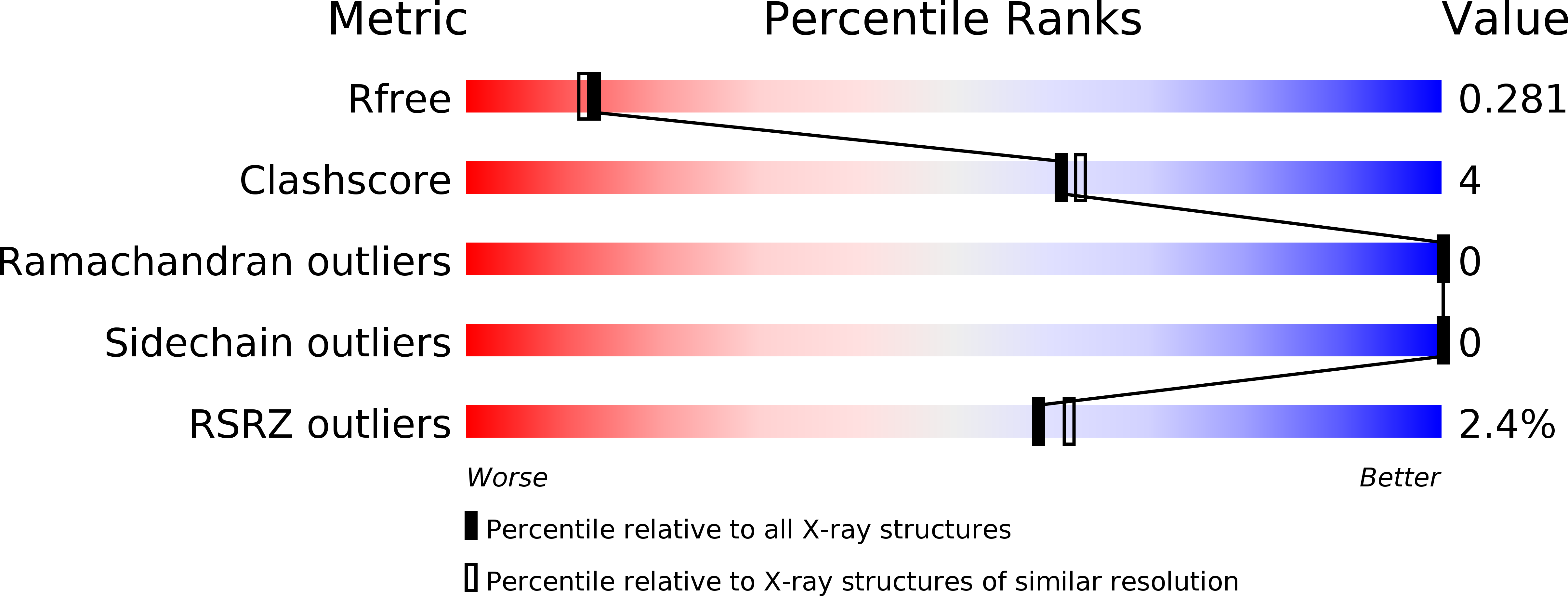
Deposition Date
2007-11-05
Release Date
2008-05-06
Last Version Date
2024-05-01
Method Details:
Experimental Method:
Resolution:
2.25 Å
R-Value Free:
0.26
R-Value Work:
0.22
R-Value Observed:
0.22
Space Group:
P 31


